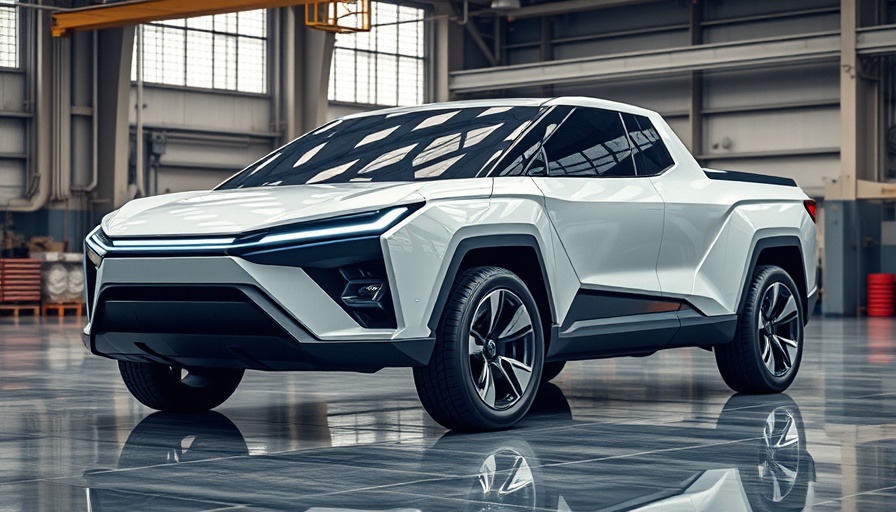
The Cybertruck’s Underwhelming Performance: A Hard Pill to Swallow
The Tesla Cybertruck—once heralded as a revolutionary breakthrough in automotive design—has been called one of the biggest flops in recent automotive history. With initial sales predictions of 250,000 units per year, and expectations to escalate to 500,000, the bitter reality is a mere 20,000 electric trucks leaving showrooms each year. Changing consumer needs and glaring build quality issues have compounded this challenge, leading to ongoing scrutiny of its headline features and Musk's controversial public persona. What went wrong?
Why the Cybertruck Missed the Mark
Various factors have matured into heavy weights weighing down Tesla's aspirations with the Cybertruck. Critics cite not only Musk's political involvements but also the vehicle's peculiar design; its angular shapes and unorthodox materials haven’t struck a chord with many potential buyers. Perhaps more worrying, though, are the operational challenges faced by the Cybertruck: numerous recalls have overshadowed its potential, leaving early adopters disillusioned. Although Tesla has been a game-changer in the electric vehicle sector, Cybertruck's failures raise serious concerns regarding its future in an increasingly competitive market.
The Buzz Around a Smaller Pickup: A Glimmer of Hope
In light of the Cybertruck's struggles, speculation about a potential smaller pickup truck from Tesla is gaining momentum. Lars Moravy, Tesla’s VP of vehicle engineering, hinted at this possibility in a recent interview. While it's unclear whether this design would be a minor iteration of the Cybertruck or an entirely different model, the mere suggestion offers a glimmer of hope to both consumers and the company itself.
Meeting the Market: Basic Requirements for Success
If Tesla wishes to navigate its way out of this commercial rift, the hypothetical smaller pickup must offer core attributes that the Cybertruck failed to embody. First and foremost, affordability will be critical; many truck consumers seek vehicles that provide value without sacrificing utility. Furthermore, durability and reliable performance on rugged terrains are paramount; the Toyota Hilux is a benchmark for this criterion.
Predicting the Small Pickup's Performance
As truck sales surge across the globe, especially in markets like Asia-Pacific and BRICS countries—which are projected to see the truck market reach $260 billion by 2033—Tesla would do well to focus on efficiency. It’s not enough just to look good; a viable rival in the highly competitive truck market needs real-world performance metrics: adequate hauling capacity, practical battery range for daily use, and efficient charging capabilities. The automotive landscape is shifting underneath Tesla's feet, and rapid responsiveness could define their viability moving forward.
What This Means for Tesla and Its Fan Base
The implications of successfully launching a usable, smaller pickup are monumental. For Tesla enthusiasts and potential customers, it could signify a reestablishment of trust in the brand. A truck that combines style and utility can rejuvenate Tesla’s offerings, inviting new buyers and comforting current stakeholders. The lessons learned from the Cybertruck's rollout carry valuable insights for future manufacturing endeavors and strategic planning.
 Add Row
Add Row  Add
Add 




Write A Comment